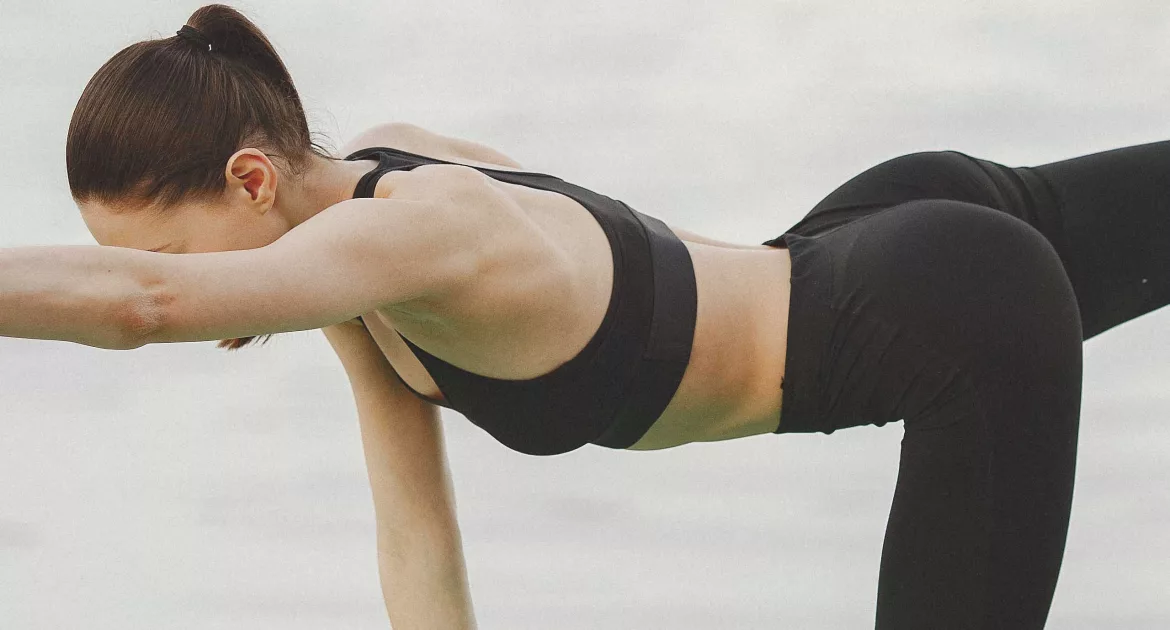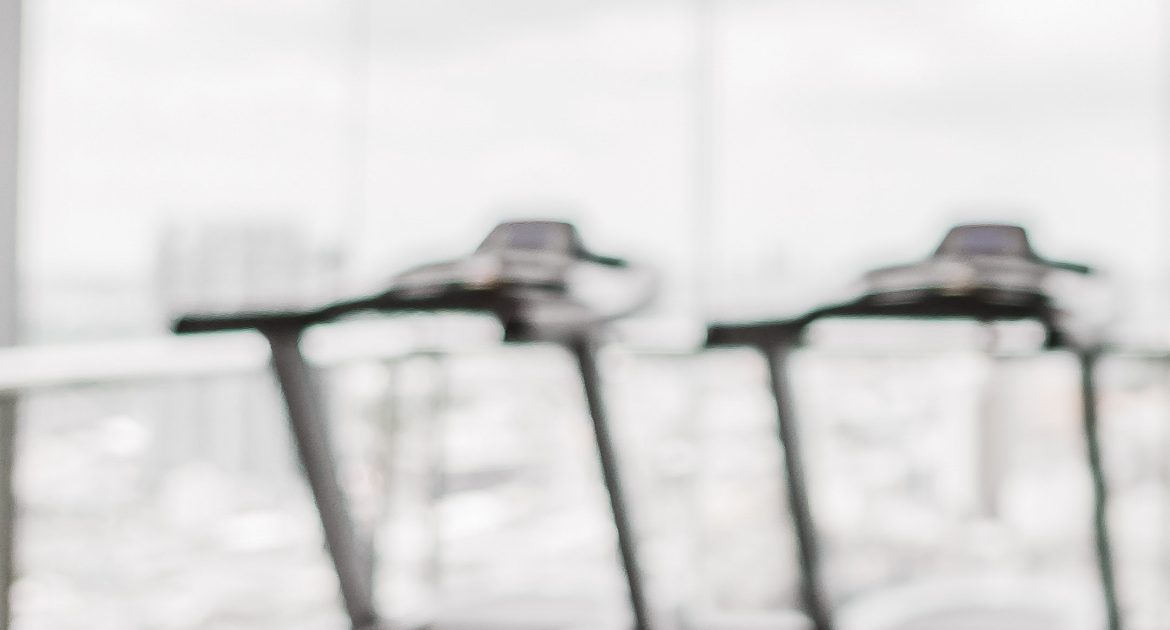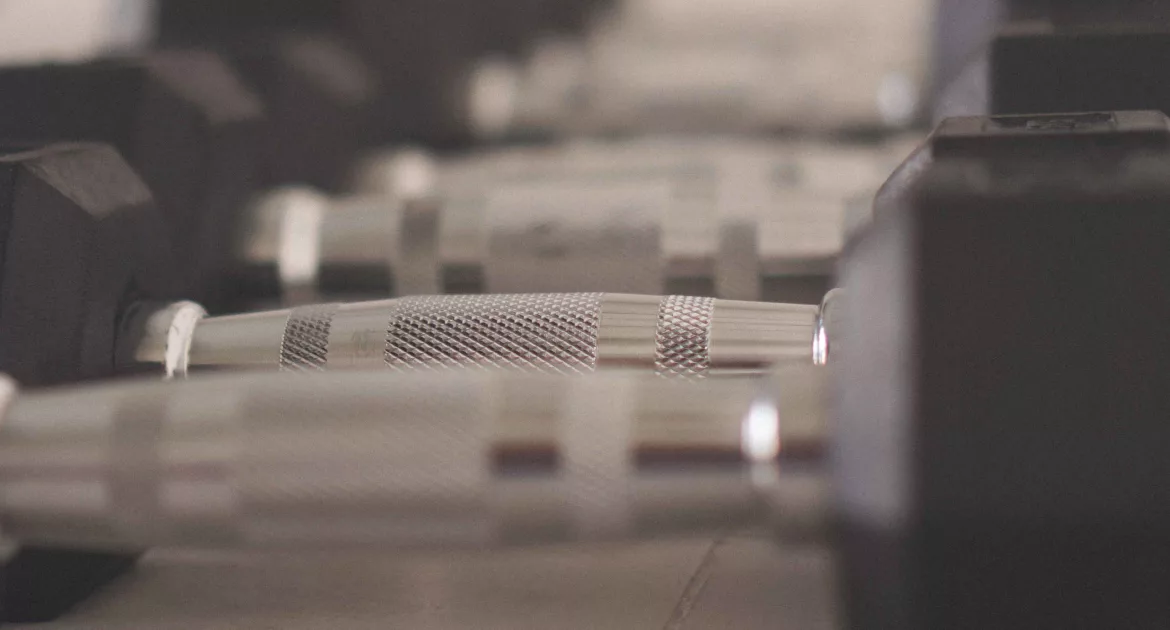Right, you’ve smashed that workout, giving it your all, and now every muscle in your body is making its presence known. Muscle soreness after a workout, commonly known as DOMS (Delayed Onset Muscle Soreness), is something everyone has to contend with at some point. So yes, it’s perfectly normal to feel sore after a workout, and don’t let it hold you back. But how do we deal with this soreness? Don’t worry, there are plenty of ways to ease the discomfort and get you back to feeling tip-top. Let’s take a look.
1. Stretching and Mobility
First things first, a good stretch can do wonders. Gentle stretching helps to improve blood circulation and flexibility, which can reduce muscle tightness. Spend a few minutes stretching each muscle group, focusing on the areas that feel the most sore. Light yoga or mobility work can really help too.
2. Stay Hydrated
Water is crucial for muscle recovery. Drinking plenty of water helps to flush out toxins and keep muscles hydrated, which can reduce soreness. Consider adding an electrolyte drink to replenish any lost minerals, especially after a particularly sweaty session.
3. Proper Nutrition
Fuel the body with the right nutrients. Protein is essential for muscle repair, so include protein-rich foods in meals such as chicken, fish, eggs, or plant-based proteins like beans and lentils. Don’t forget about carbohydrates, as they help to restore glycogen levels in muscles. A balanced meal post-workout can make a significant difference in recovery time.
4. Rest and Sleep
Sometimes, the best remedy is simply to rest. Allow the muscles to recover by getting plenty of sleep and taking rest days between intense workouts. Quality sleep is when the body does most of its repair work, so make sure to get those eight hours in.
5. Cold and Heat Therapy
Applying ice packs to sore muscles can reduce inflammation and numb the pain. Alternatively, a warm bath or a hot water bottle can help to relax tight muscles and increase blood flow. Some people find alternating between hot and cold treatments (contrast baths) particularly effective.
6. Massage
A good massage can do wonders for sore muscles. Whether it’s a professional massage or using a foam roller at home, massaging helps to break up muscle knots and improve circulation. It can also be a great way to relax and unwind.
7. Active Recovery
Even when you’re feeling sore after a workout, light exercise can still be beneficial. Activities like walking, swimming, or a gentle bike ride can increase blood flow to the muscles, helping to reduce soreness without putting too much strain on them. Just be sure to keep the intensity low.
8. Over-the-Counter Pain Relief
If the soreness is particularly bad, over-the-counter pain relief can be an option. Nonsteroidal anti-inflammatory drugs (NSAIDs) like ibuprofen can help to reduce inflammation and alleviate pain. However, it’s best to use these sparingly and not rely on them regularly.







